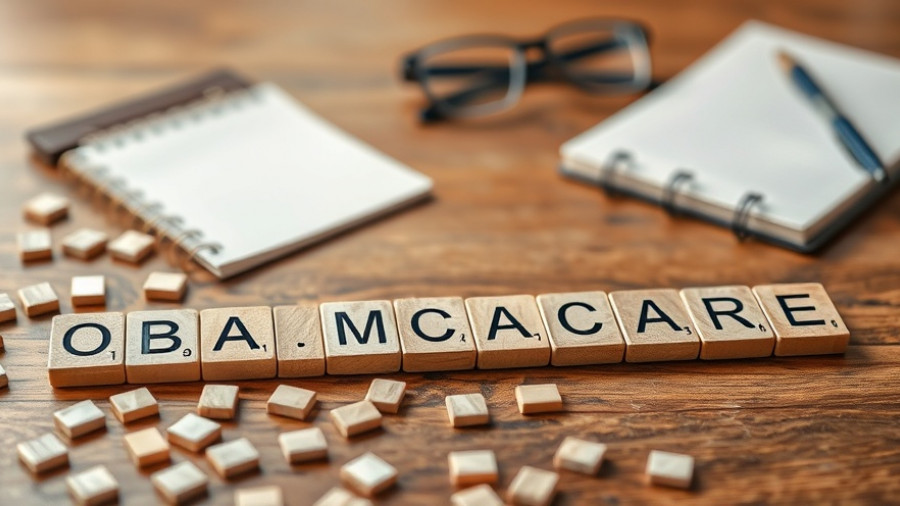
Steep Premium Hikes Loom as Obamacare Subsidies Expire
As the year draws to a close, millions of Americans purchasing health insurance on their own are poised for significant financial strain due to the impending expiration of temporary federal subsidies supporting Obamacare plans. New analysis from the Kaiser Family Foundation (KFF) projects that average rates for plans offered through federal marketplaces will leap by 30% in 2026. This is a worrying development considering that over 20 million Americans rely on these Affordable Care Act (ACA) plans to secure health coverage.
The expiration of these subsidies, which have substantially reduced costs since they were enacted in 2021, could return the cost of health coverage to much higher levels for many households, particularly middle-income families earning around $64,000 annually. Already, individuals like Sue Monahan, a retiree in Oregon, report their premiums could skyrocket from $439 to $1,059 monthly if the support ceases. Similarly, California psychologist Belinda Stroud anticipates her costs could nearly double from $865 to almost $2,000.
The Price Sensitivity Crisis
Experts fear that higher costs will disproportionately affect younger, healthier consumers who may decide insurance isn’t worth the expense. David Merritt from the Blue Cross Blue Shield Association cautions that a mass exodus from the marketplace by this demographic could leave older and sicker enrollees bearing the brunt of not only escalating payments but also a lack of options.
This potential shift amplifies worries about the future of insurance coverage in the U.S., with estimates suggesting an additional 2 million people could lose access to healthcare if subsidies are not extended. As the budget negotiations in Washington, characterized by stark partisan divides, unfold, health coverage remains at the heart of the disputes. While Democrats urge for an extension of subsidies as part of any government funding agreement, Republicans remain adamant that negotiations cannot begin until the government shutdown concludes.
Statistics Highlight Impact of Expiring Subsidies
The escalating premiums could lead to a significant rise in uninsured rates, with studies pointing toward nearly 4 million people projected to lack insurance by 2034 if Congress takes no action. The potential financial pain is evident, with marketplace enrollees potentially facing an average increase of 114% in out-of-pocket costs if the enhanced tax credits are not reinstated. This situation presents a considerable burden for families already struggling to afford healthcare, as they may have to sacrifice essential expenses such as groceries and transportation just to maintain coverage.
What This Means for You and Your Family
If you are one of the many who rely on ACA marketplaces for health coverage, the prospect of financial burden looming on the horizon calls for immediate awareness and action. As open enrollment begins, it is crucial to understand your options and prepare for the possibility of increased premiums. Being informed can help you navigate these changes and possibly find assistance such as subsidies or alternative plans that may mitigate the impact of these rising costs.
Contact us for more details. Protect your health and financial wellbeing as upcoming changes redefine health insurance affordability in America.
 Add Row
Add Row  Add
Add 




Write A Comment